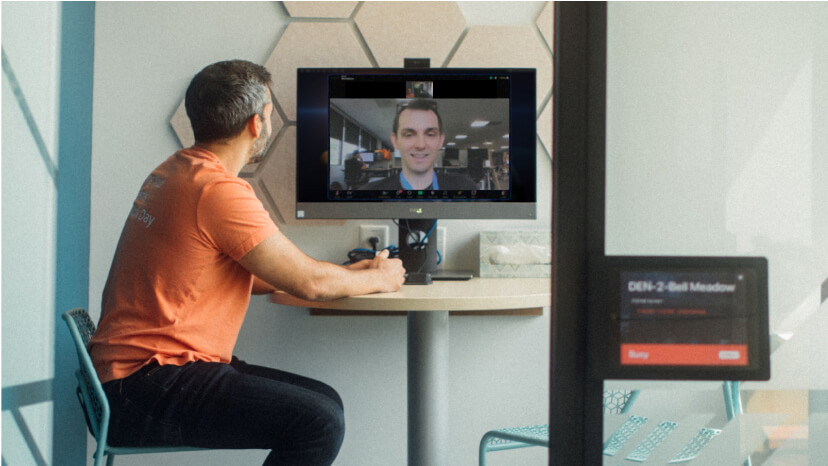A good example can be found in the medical field. Traditionally, the medical profession has been as ‘in-person’ as you can get. Many medical practices use some form of an online portal with their patients to communicate test results or answer questions, but all other activities were largely performed in person prior to the emergence of COVID-19.
The pandemic became a catalyst for widespread telehealth adoption, introducing the virtual component into doctor-patient interactions. Today, a doctor may have an initial virtual visit with a patient, then schedule blood work, X-rays, or other tests at testing facilities if needed. The patient can access their test results on an online portal and the doctor can schedule a virtual follow-up visit to communicate results and next steps. The doctor’s office can send prescriptions to the pharmacy electronically, or the patient can order them through the online portal and have them delivered by mail.
The process of delivering and receiving care virtually feels integrated. Information is immediately available. Interactions are effective and orderly. Patients don’t have to drive, park, and sit in a waiting room, and doctors can leverage their valuable time more efficiently.
I asked one doctor whether he would continue this virtual/physical/digital process post-pandemic. He said, “Absolutely.” In fact, he believes this process is better than a fully in-person experience. His employees are safer because there are fewer patients in the waiting room to transmit illness. His older patients, who have trouble coming into the office, have a more convenient way to meet with him. And, he has been able to open up his practice to take patients from anywhere since they don’t have to come see him in person.
There are many other fields where similar transformations are occurring. Court systems are operating virtually and the legal community is discovering that most of their work can be done virtually. Virtual education continues to grow in popularity and acceptance, widening access to new opportunities in learning and sharing knowledge. Financial advisors are meeting with their clients virtually, eliminating the need for in-person meetings.














